



Table of Contents
- What is a Kutcha House?
- Materials used to build Kutcha Houses?
- Types of Kutcha Houses available in India
- Are Kutcha Houses still prevelant in India ?
- What is a Pucca House?
- Materials used to build Pucca Houses?
- Differences between Kutcha Houses and Pucca Houses:
- Advantages of Kutcha Houses:
- Disadvantages of Kutcha Houses:
- Advantages of Pucca Houses
- Faq's
In the world of housing, two terms often come up - kutcha houses and pucca houses. These terms have different implications and are deeply rooted in the cultural and socio-economic fabric of various regions. The term 'kutcha' means raw and the term 'pucca' means solid or permanent.
Through this article, we aim to give you a thorough understanding of the concepts of kutcha houses and pucca houses, through their definitions, characteristics, and the fundamental differences between them.
By the end of this article, you will gain a comprehensive understanding of these housing structures and their significance in different contexts.
What is a Kutcha House?
A kutcha house, also known as a temporary or makeshift dwelling, refers to a structure constructed with materials that are readily available and easily accessible in the immediate vicinity.
Kutcha houses are usually constructed by economically disadvantaged individuals or communities facing resource limitations.
Kutcha houses typically have a simple and rudimentary construction, often lacking proper foundations, sturdy walls, and durable roofs.
In many cases, the walls are made of mud or thatch, providing little insulation or protection against the weather. The roofs are thatched or covered with tarpaulin, which leaves them susceptible to damage during heavy rains.
Materials used to build Kutcha Houses?
Kutcha houses are typically constructed using natural, locally available materials such as mud, bamboo, grass, reed, thatch, straw, leaves, unburnt bricks, and loosely packed stones.
Kutcha houses are not sturdy structures and can be easily damaged by natural disasters such as floods, cyclones, or earthquakes.They generally lack amenities such as electricity, water supply, and sanitation facilities
The materials used in kutcha houses are eco-friendly and cost-effective, making them a viable option for those with limited resources. However, these houses have lower stability and longevity compared to pucca houses and are more susceptible to damage from natural disasters and other incidents. They require frequent repairs and maintenance due to the usage of low-strength and interior-quality materials
There are two major types of kutcha houses: non-serviceable and serviceable
Non-serviceable kutcha houses have walls and roofs made with hay, twigs, reeds, and other materials, primarily housing those in the financially weaker sections
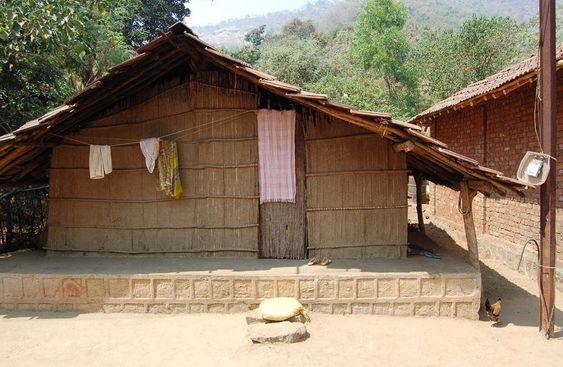 Non-Serviceable Kutcha House
Non-Serviceable Kutcha House
Serviceable kutcha houses, on the other hand, can be changed into permanent buildings
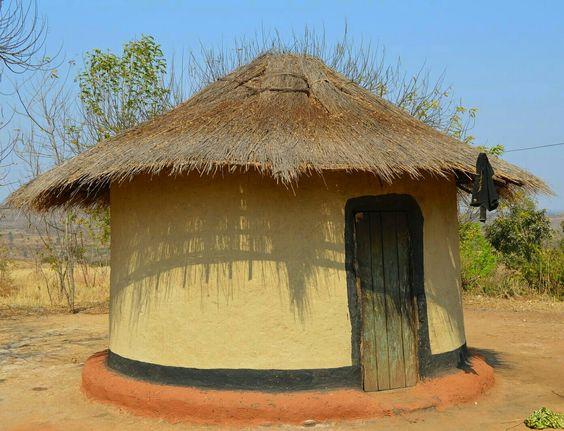 Serviceable Kutcha House
Serviceable Kutcha House
Also Read: What is a Row House? - A Detailed Guide
Types of Kutcha Houses available in India
Here are some common types of Kucha houses found in India:
Chukka Houses
Common in parts of Gujarat and Rajasthan, Chukka houses are made with mud walls and thatched roofs. They often have a square or rectangular layout and may feature decorative elements on the exterior.
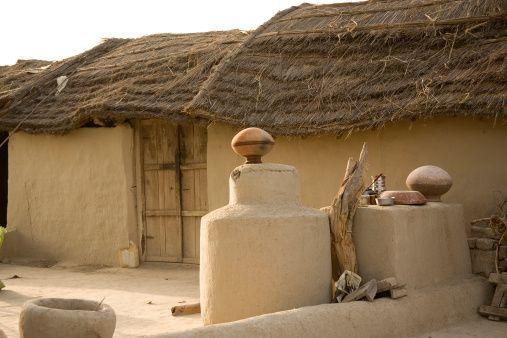 Chukka Houses
Chukka Houses
Kutcha Kutcha Houses:
Found in rural areas across India, Kutcha Kutcha houses are typically made of mud walls reinforced with bamboo or wooden supports. The roofs are usually thatched with materials like straw or palm leaves.
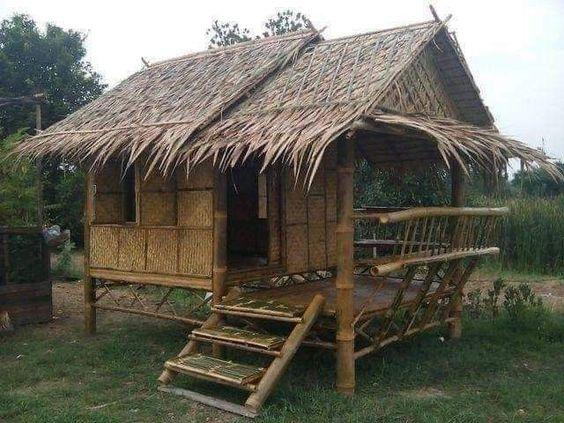 Kutcha Kutcha house
Kutcha Kutcha house
Adivasi Huts
Adivasi communities (tribal) in various states like Madhya Pradesh, Jharkhand, and Odisha build traditional huts using natural materials like bamboo, mud, and thatch. These huts are often circular or oval in shape and are well-suited to the local climate.
Various tribal communities across India, such as the Santhals in West Bengal and the Bhils in Madhya Pradesh, have their own styles of traditional housing. These huts are often constructed with locally available materials and reflect the cultural practices of the community.
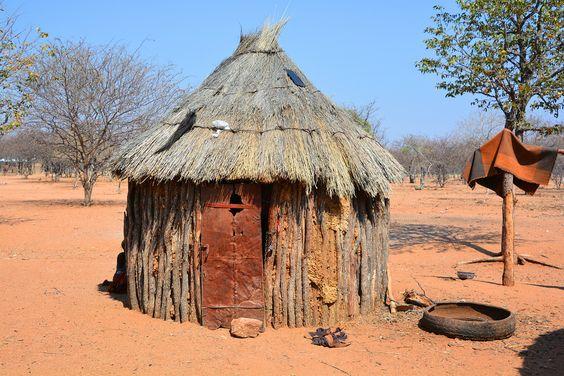 Adivasi Hut
Adivasi Hut
Toda Huts
Constructed by the Toda tribe in the Nilgiri Hills of Tamil Nadu, Toda huts are barrel-vaulted structures made of bamboo and grass. These unique dwellings are known for their distinctive shape and intricate construction techniques.
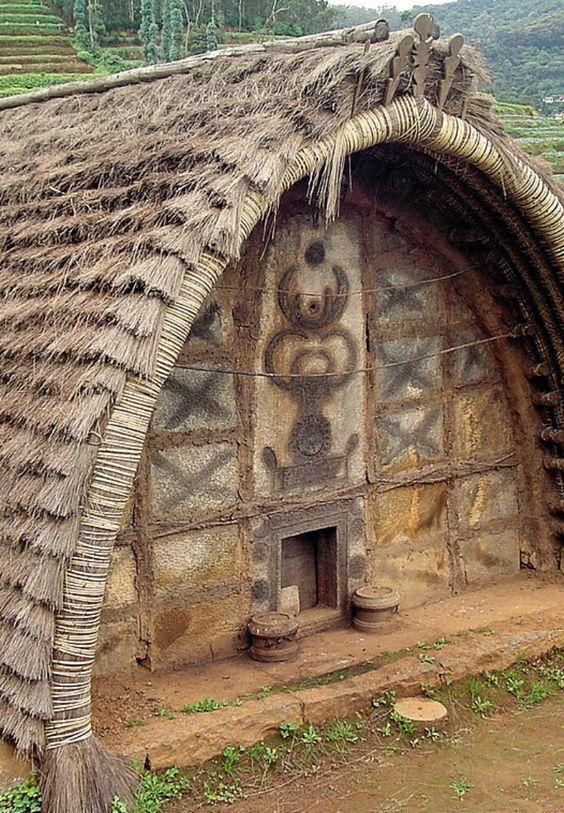 Toda Huts
Toda Huts
Kachcha Mud Houses
Common in states like Uttar Pradesh and Bihar, Kachcha mud houses are built using mud bricks or clay mixed with straw. The roofs are typically thatched or covered with tiles, and these houses offer simple yet functional shelter.
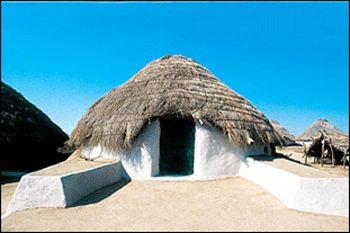 Kachacha Mud House
Kachacha Mud House
These types of Kucha houses represent the rich diversity of vernacular architecture in India, each adapted to local climates, cultural practices, and resource availability. Despite their simple construction, these dwellings often provide comfortable living spaces suited to the needs of their inhabitants.
Are Kutcha Houses still prevelant in India ?
According to the 2011 Census, there were 13 percent kutcha houses in India, with 7.8 percent being serviceable kutcha houses and 5.2 percent being non-serviceable kutcha houses.
The state with the highest percentage of pucca houses was Goa, with 76 percent, while the state with the lowest percentage of pucca houses was Odisha, with 29.5 percent
Despite their prevalence in rural areas, kutcha houses have several disadvantages, about which we will learn in the later part of the article.
In recent years, there has been a growing trend towards converting kutcha houses into pucca houses, particularly in rural areas. This trend is driven by the desire for more durable and safe housing, as well as the need for better insulation and protection from natural disasters
The Indian government has also launched programs to convert kutcha houses into pucca houses, recognising the importance of providing safe and secure housing for all citizens
Also Read: What is a Condominium - A Detailed Guide
What is a Pucca House?
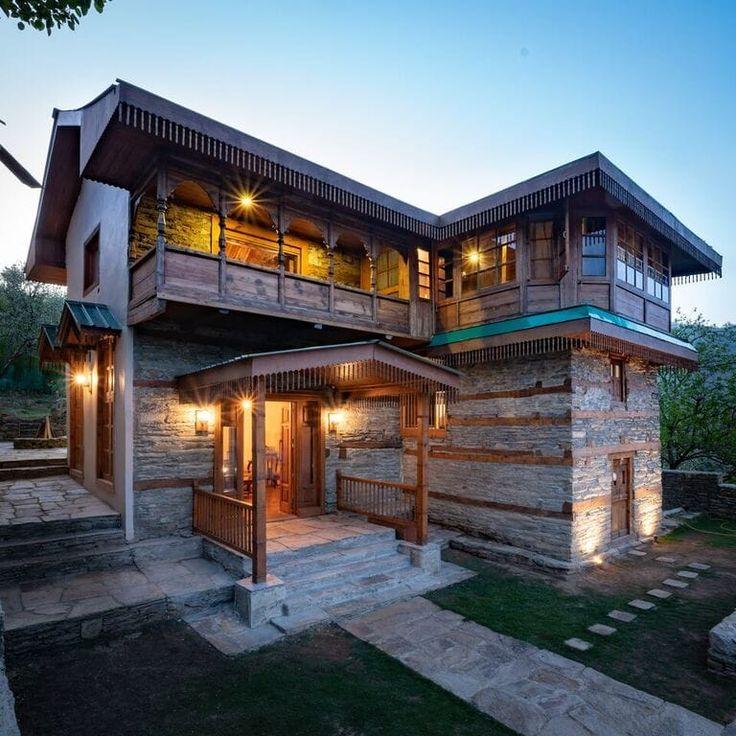 Pucca house is referred to a permanent and well-constructed dwelling
Pucca house is referred to a permanent and well-constructed dwelling
A pucca house, on the other hand, represents a permanent and well-constructed dwelling. They are considered more resilient, stable, and comfortable compared to kutcha houses. Pucca houses are built with proper foundations, solid walls, and robust roofs.
Pucca houses are commonly found in urban areas and formal housing developments. They offer improved living conditions, access to basic amenities, and greater security. Pucca houses provide a sense of permanence and stability, contributing to a better quality of life. Furthermore, these structures have a higher resale value and can be modified or expanded as per the occupants' requirements.
Materials used to build Pucca Houses?
Pucca houses in India are typically built using more durable and permanent materials compared to Kucha houses. Here are the common materials used
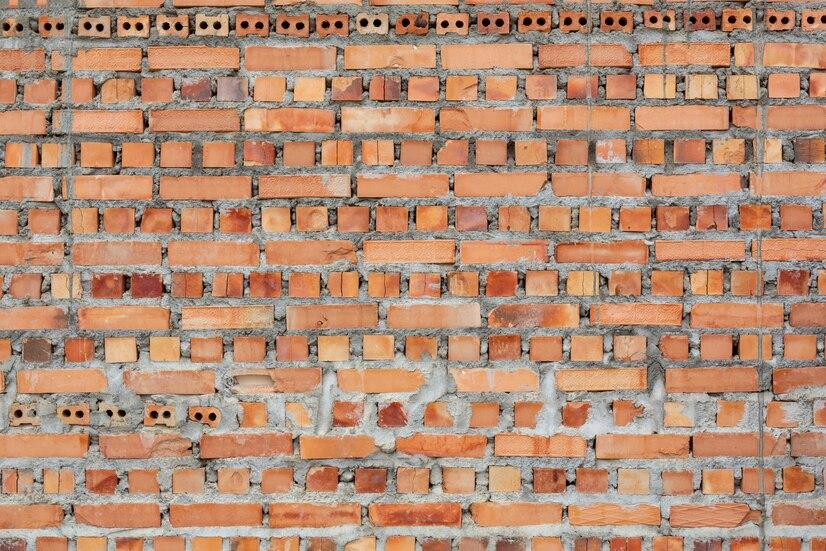 Bricks and Cement are used for builiding the Pucca houses
Bricks and Cement are used for builiding the Pucca houses
Bricks as they offer strength, durability, and stability to the structure.
Cement helps hold bricks together, creating strong walls and foundations.
Concrete is used for constructing foundations, pillars, and slabs in pucca houses and It provides structural stability and support.
Steel reinforcement bars (rebars) are often used in concrete construction to add tensile strength to the structure, especially in beams and columns.
In some regions, particularly hilly areas, natural stone is used for construction. It provides strength and stability to the walls.
Mortar, made by mixing cement, sand, and water, is used to bond bricks or stones together in walls and other structural elements.
Pucca houses often have concrete roofs or roofs made of materials like terracotta tiles, asbestos sheets, or metal sheets, providing better protection from weather elements.
Plastering materials like cement plaster or gypsum plaster are applied to the walls to create smooth and even surfaces, enhancing the appearance of the house and providing protection against moisture.
These materials contribute to the durability, strength, and longevity of pucca houses, making them more resilient to environmental factors and providing better living conditions for residents.
Also Read: What is a Farmhouse? Types, Uses, Places to Buy, Decor and More
Differences between Kutcha Houses and Pucca Houses:
Aspect | Kutcha House | Pucca House |
Construction | Made of temporary materials like mud, thatch, or wood | Constructed with permanent materials like bricks or concrete |
Durability | Less durable and prone to damage from weather | More durable and resistant to weather and natural disasters |
Lifespan | Short lifespan, may require frequent repairs | Long lifespan, requires minimal maintenance |
Comfort | Provides limited insulation from heat and cold | Offers better insulation and comfort |
Cost | Lower cost due to inexpensive materials | Higher cost due to quality materials and construction |
Safety | Less safe, especially in extreme weather conditions | More safe and secure, better withstands disasters |
Upgradability | Difficult to upgrade or expand | Easier to renovate, expand, or upgrade over time |
Availability | Often found in rural or economically disadvantaged areas | Common in urban and developed areas |
These are general characteristics, and there may be variations based on specific regions, cultures, or socioeconomic factors.
Advantages of Kutcha Houses:
Despite the vulnerability of Kutcha houses to natural disasters and shorter lifespan, kutcha houses offer several advantages that make them a preferred choice for many people, particularly in rural areas and among economically disadvantaged communities.
Cost-effective: Kutcha houses are generally more affordable to build than pucca houses due to the use of locally available and often free or low-cost materials. This makes them an attractive option for low-income families and laborers who cannot afford the high costs of pucca houses.
Insulation for thermal comfort: Kutcha houses, particularly those made of mud or clay, provide excellent insulation against extreme temperatures, keeping the interiors cool during summers and warm during winters. This natural insulation is achieved without the need for energy-consuming heating or cooling systems.
Biodegradable: The materials used in kutcha houses are biodegradable and environmentally friendly, causing minimal harm to the environment when they degrade or are demolished. This is in contrast to pucca houses, which often use non-biodegradable materials like steel, concrete, and plastic.
Durable to an extent: If properly maintained and stabilised, kutcha houses made of mud-brick can be lasting and strong structures that can withstand mild floods and earthquakes for several decades without cracking
Thermal insulation: Kutcha houses made of mud usually have mild temperatures due to the insulating properties of mud walls, providing thermal comfort inside the home
Recyclable: The materials used in kutcha houses, such as mud, are reusable or recyclable once the houses are demolished, reducing waste and environmental impact
Provide shelter: Despite their vulnerabilities, kutcha houses provide basic shelter and protection from harsh weather conditions and wild animals, fulfilling a fundamental human need for shelter
In conclusion, kutcha houses offer several advantages that make them a preferred choice for many people, particularly in rural areas and among economically disadvantaged communities.
Disadvantages of Kutcha Houses:
Vulnerability to Natural Disasters:
Kutcha houses are more susceptible to damage during natural disasters like floods, storms, cyclones, and earthquakes due to their construction with weaker materials. The lack of structural strength and stability in kutcha houses increases the risk of collapse or severe damage in the face of extreme weather events.
Lack of Durability: Kutcha houses have a shorter lifespan compared to pucca houses, requiring frequent repairs and maintenance to sustain their structural integrity. The materials used in kutcha houses, such as mud, thatch, and bamboo, are prone to deterioration over time, leading to structural weaknesses.
Limited Amenities: Basic amenities like electricity, water supply, and sanitation facilities are often lacking in kutcha houses, impacting the comfort and convenience of occupants. The absence of essential services can pose challenges in daily living and compromise the overall quality of life for residents.
Biodegradability: While environmentally friendly, the biodegradability of kutcha house materials can result in quicker wear and tear, reducing the longevity of these structures. Natural materials like mud and thatch may degrade faster, necessitating regular maintenance and reconstruction of kutcha houses.
Limited Security: Kutcha houses may offer less security compared to pucca houses, as their construction with lightweight materials makes them more vulnerable to break-ins or damage. Occupants of kutcha houses may face safety concerns due to the ease with which these structures can be compromised.
Limited Investment Potential: Kutcha houses are not considered sound investments due to their lower durability and potential for depreciation over time. The lack of appreciation in value and limited structural stability may deter individuals from viewing kutcha houses as viable long-term assets.
Limited Space: Kutcha houses are often smaller and less spacious than pucca houses, restricting living areas and limiting comfort for occupants.The constrained space in kutcha houses may impact the quality of life for residents, especially in terms of privacy and functionality within the household.
Advantages of Pucca Houses
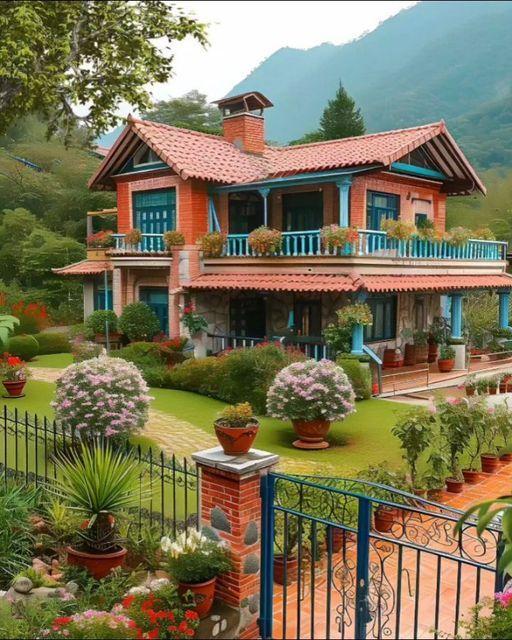 A beautiful house located on hillside
A beautiful house located on hillside
he advantages of Pucca houses when compared to Kutcha houses are unparalleled.
Here are a few of the advantages that pucca houses bring
Durability and Longevity: Pucca houses are constructed with durable materials like iron, bricks, steel, and cement, ensuring long-term structural integrity and stability. The robust nature of pucca houses makes them resilient to extreme weather conditions and natural disasters, providing a safe and secure living environment for residents.
Amenities and Facilities: Pucca houses, commonly found in urban areas, offer a range of amenities such as 24x7 electricity, water supply, and other modern conveniences. Residents of pucca houses benefit from facilities like weather safety measures, ensuring a comfortable and well-equipped living space.
Financial Stability and Affluence: Pucca houses are preferred by financially stable individuals and families due to their higher construction costs and superior quality. Variants of pucca houses like villas, apartments, and bungalows cater to diverse preferences and lifestyles, reflecting a higher standard of living.
Structural Safety: The use of durable materials in pucca houses enhances their structural safety, providing residents with a sense of security and protection. Pucca houses are designed to withstand various external pressures and maintain their structural integrity over an extended period.
Energy Efficiency: Pucca houses are often built with energy-efficient considerations, optimizing insulation and reducing energy consumption for heating and cooling. The design and construction of pucca houses prioritize energy efficiency, contributing to a more sustainable and comfortable living environment.
Permanent Housing Solution: Pucca houses are considered permanent housing solutions, offering long-term accommodation for residents and ensuring stability and continuity. Unlike kutcha houses, pucca houses provide a lasting and reliable living space that can adapt to the changing needs of occupants over time.
Pucca houses offer advantages such as durability, amenities, financial stability, structural safety, energy efficiency, aesthetic appeal, and permanency, making them a preferred choice for individuals seeking a secure, comfortable, and long-lasting living environment.
In essence, kutcha and pucca houses represent more than just different building materials they reflect the challenges and aspirations of communities. Kutcha houses, built with simple materials, show resilience in tough circumstances. They're affordable and eco-friendly but lack durability and amenities.
Pucca houses, made with stronger materials, offer stability and comfort. They're more expensive but provide better living conditions and long-term security.
Both types of housing have their pros and cons, but ultimately, they're more than just structures but are indeed symbols of perseverance and progress. Whether kutcha or pucca, every home tells a story
explore further
Latest from Sustainable
More from Innovations
Resources
Dwello, for every home buyer, is a way to go from 'I feel' to 'I know', at no extra cost.




